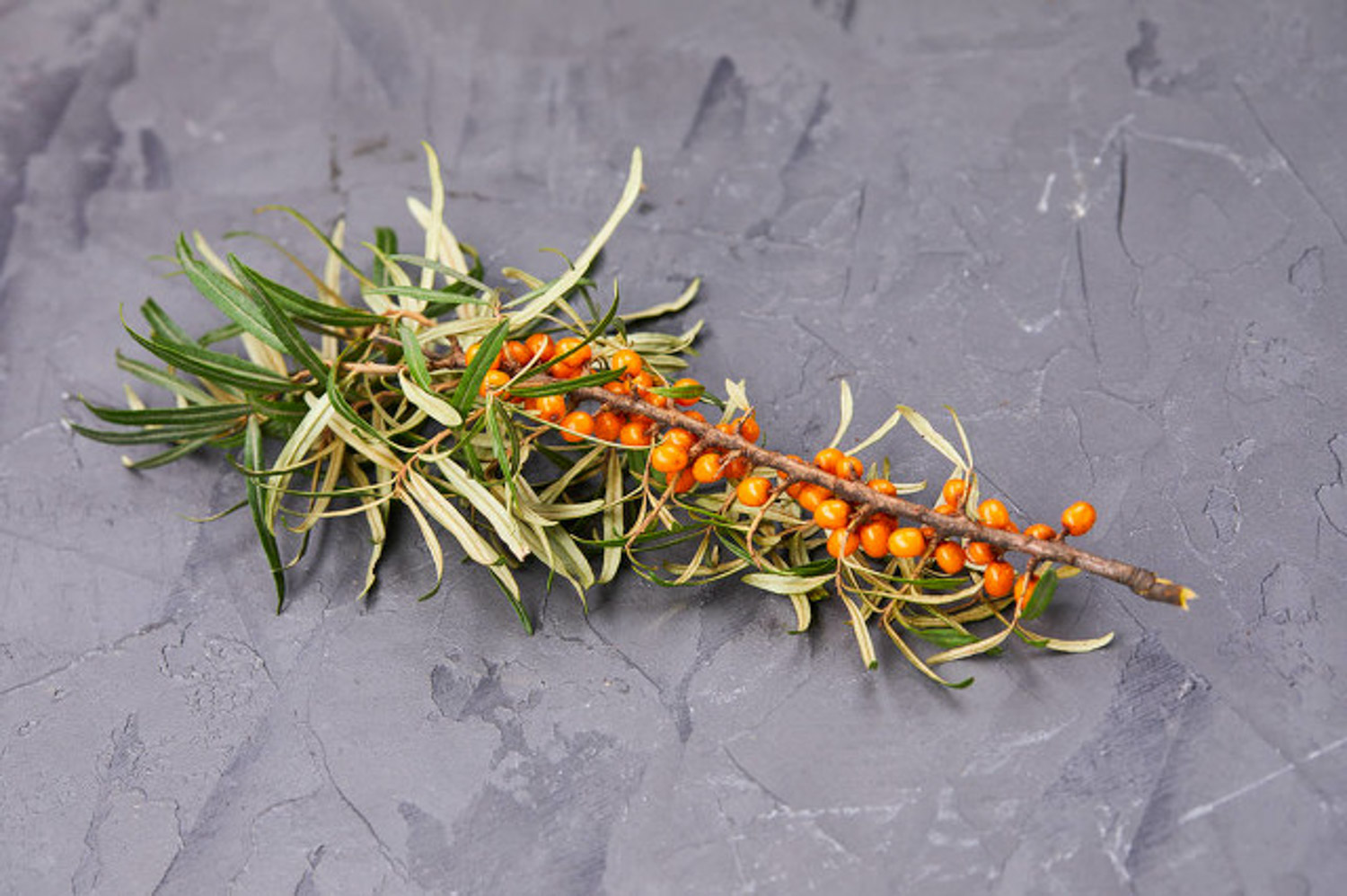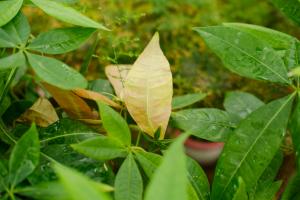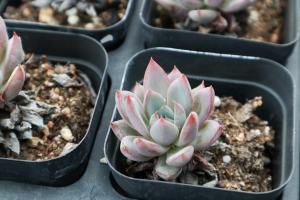1、 Sowing time
Seabuckthorn sowing is divided into spring sowing and autumn sowing. Among them, the time of spring sowing is uncertain, which can be from February to may, while autumn sowing is mostly in late autumn, and the time is from September to October. This plant has strong adaptability to the environment. It can grow at high and low temperatures, but the seedlings are relatively fragile. Therefore, it is necessary to provide a warm environment to avoid affecting the subsequent development

2、 Seed soaking and germination
Before sowing, the seeds of seabuckthorn should be germinated. Soak the seeds in warm water at 40-60 ℃ for about one day, and then replace them with low concentration potassium permanganate solution with a concentration of no more than 2%, which can effectively disinfect and reduce the possibility of seedling disease. Then keep it in a wet place and wait until one third of the seeds crack before sowing

3、 Land preparation and sowing
In order to make Seabuckthorn grow better, we need to prepare the land first. After leveling the soil, apply organic fertilizer as the base fertilizer, then turn it deeply and bury the fertilizer below. The seeds that have been sprouted shall be sown into the soil with a row spacing of about 10-15 cm and buried in the soil for 3 cm. After sowing, it should be watered with an appropriate amount of water so that it can germinate quickly. Generally, the seedlings will appear in about a week

4、 Seedling maintenance
After the first pair of true leaves grow, seabuckthorn needs to be intercropped, remove the seedlings with weak growth, and retain the strong seedlings to continue to grow. When the fourth pair of true leaves grow, the second thinning is required to maintain a plant spacing of 5cm, so that the seedlings can develop better. During the seedling raising period, pay attention to maintain the temperature and humidity, and avoid being exposed to the sun for a long time

 how many times do yo...
how many times do yo... how many planted tre...
how many planted tre... how many pine trees ...
how many pine trees ... how many pecan trees...
how many pecan trees... how many plants comp...
how many plants comp... how many plants can ...
how many plants can ... how many plants and ...
how many plants and ... how many pepper plan...
how many pepper plan...






























